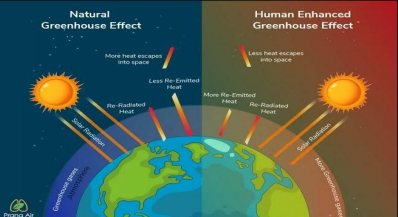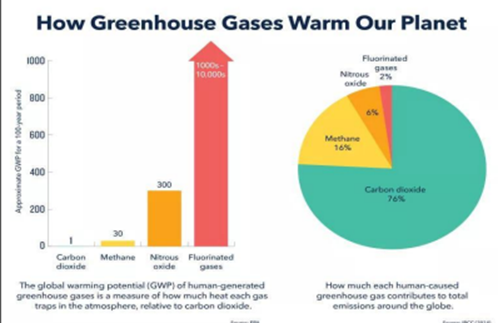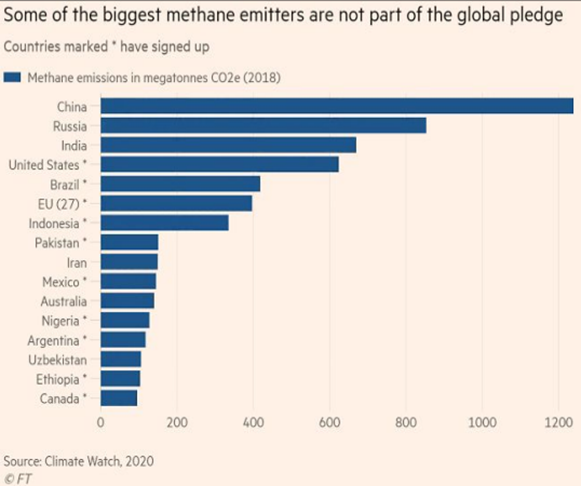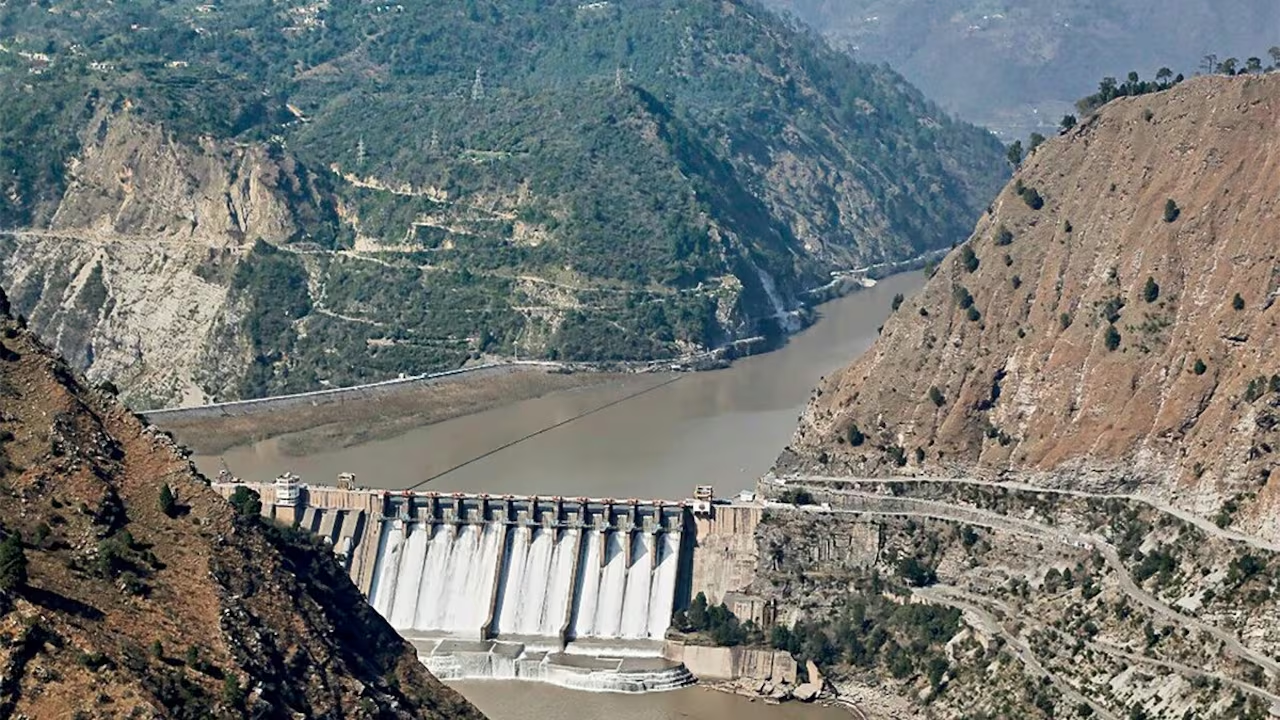- Courses
- GS Full Course 1 Year
- GS Full Course 2 Year
- GS Full Course 3 Year
- GS Full Course Till Selection
- Answer Alpha: Mains 2025 Mentorship
- MEP (Mains Enrichment Programme) Data, Facts
- Essay Target – 150+ Marks
- Online Program
- GS Recorded Course
- Polity
- Geography
- Economy
- Ancient, Medieval and Art & Culture AMAC
- Modern India, Post Independence & World History
- Environment
- Governance
- Science & Technology
- International Relations and Internal Security
- Disaster Management
- Ethics
- NCERT Current Affairs
- Indian Society and Social Issue
- NCERT- Science and Technology
- NCERT - Geography
- NCERT - Ancient History
- NCERT- World History
- NCERT Modern History
- CSAT
- 5 LAYERED ARJUNA Mentorship
- Public Administration Optional
- ABOUT US
- OUR TOPPERS
- TEST SERIES
- FREE STUDY MATERIAL
- VIDEOS
- CONTACT US
Methane Emission
Methane Emission
03-05-2024
A new study has found that methane emissions from fossil fuels declined between 1990 and 2000, whereas microbes have been producing more methane than fossil fuels.

This increased methane emission is aiding global warming. The IPCC in its 6th assessment report has already highlighted that the temperature has increased by 1.2°C.

What is Methane?
- Methane is a hydrocarbon consisting of 1 carbon atom and 4 hydrogen atoms. This makes it highly inflammable and is widely used.
- It is a powerful greenhouse gas (GHG). A GHG traps the extra-terrestrial radiation which was reflected from the earth. This leads to global warming.
- It is the second most abundant Anthropogenic GHG after CO2.
- It has more warming potential than CO2. 28 times more potential and its intensity increases after 2 decades of emission.
- Methane emission naturally forms the part of carbon cycle. After 1 decade of methane emission, it is naturally converted into CO2 through the process of oxidation reaction.
- Activities such as excessive agriculture, dairy farming, and extraction of fossil fuels generate methane emissions in the atmosphere.
- Methane emission forms part of 16% of the total GHG in the world.
Sources of Methane Emission
- Thermogenic Methane: released because of the extraction of fossil fuels such as oil.
- Methane Hydrates: the sedimentary rocks which are below the permafrost region or can also be found in the continental shelves.
- Biogenic Methane: is released from microbial actions such as Archaea.
- Archea is prokaryotic and is a single-celled microorganism. They lack a nucleus and do not have any membrane-bound organelles.
- There has been intensification or increase in microorganism like Archea due to anthropogenic activities.
- Archea thrives in oxygen-deficient conditions such as the digestive tract of animals, wetlands, rice paddies, sediments of lakes & oceans as well as biomass burning.
Findings of the Study
- The methane emission from Oil & Natural Gas exploration declined between 1999-2000 and has remained stable since then.
- Biogenic methane emission has become the primary cause.
Initiatives Taken from the Government of India
- India is the 3rd largest methane emitter after China and Russia.
- Harit Dhara initiatives: anti-methanogenic supplement feed which is provided to cattle. This was discovered by ICAR. This aims to decrease methane emissions by 17-20%.
- The Confederation of Indian Industry and TERI has launched an India Greenhouse Gas Programme. Under this programme, the government is trying to measure the GHG that is being released specifically from the methane sector. To curb these emissions.
- The government has recently adopted the BS-VI emission norms. It aims 70% reduction of nitrous oxide.
-
Under the Panchamrit Target, India is aiming to majorly move towards 50% of renewable energy to decline the use and extraction of fossil fuels.
Global Methane Pledge
- The government of India has not joined the Global Methane Pledge which was adopted at the COP26 at Glasgow.
- It is a major initiative led by the European Union and USA.
- It aims to reduce methane emissions by at least 30% below the 2020 level by 2030.

There are eminent steps that are required to curb methane emissions. To ensure the climate neutrality target to be achieved by 2070. Thus, India shall reconsider its decision whether to join this global pledge or not.
Must Check: Best IAS Coaching In Delhi



